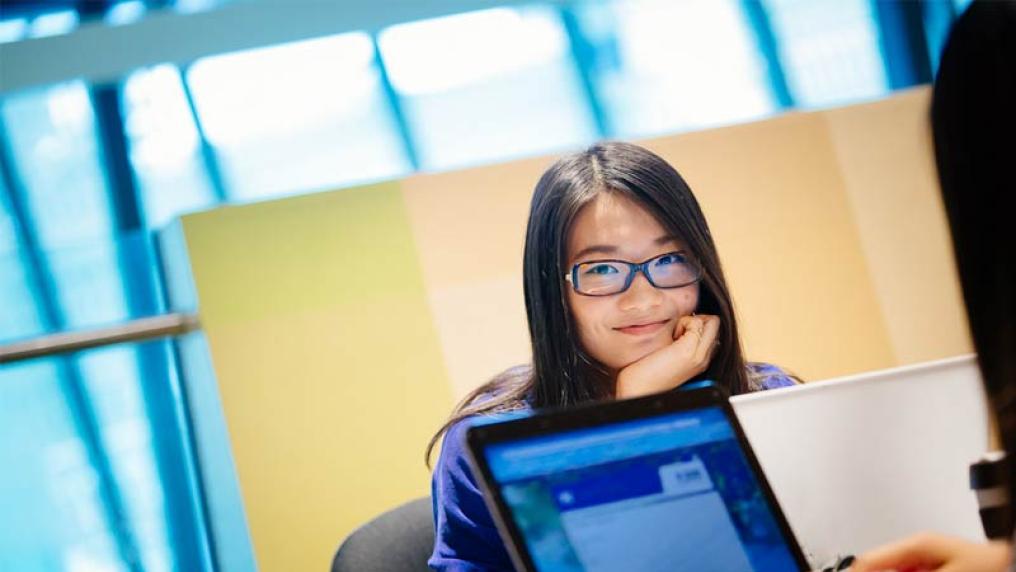New research shows the impact of online classroom on learning

Victoria University researchers are warning that Australian students will see a decline in learning as a result of moving to online schooling due to the COVID-19 pandemic, with disadvantaged students to have the greatest impact to their schooling.
In a paper commissioned by the Federal Government, the Centre for International Research on Education Systems (CIRES) and Mitchell Institute at Victoria University modelled the impact of online learning (Impact of learning from home for disadvantaged children), showing that:
Missing two terms of classroom teaching could lead to students falling six weeks behind on numeracy and four weeks behind on reading.
The paper focuses on the impact of online learning for students from disadvantaged backgrounds which included students from low socioeconomic communities, rural and remote communities, Indigenous communities and those with a disability.
Victorian schools will implement online learning for most students for the foreseeable future, while other states are transitioning back to classroom learning.
The research suggests that, generally, school students face up to a 25% annual decline in mathematics learning and a 10% decline in English learning when studying remotely, compared to learning in the classroom.
However, when adjusting for disadvantaged students, the modelling suggests a 23-33% decline in numeracy learning and a 15-22% decline in reading for year 5s and year 9s, compared to classroom-based learning.
Director of CIRES at Victoria University Professor Stephen Lamb said schools and governments faced a big challenge to ensure already disadvantaged students did not fall further behind as a result of COVID-19 measures in schools.
Unequal internet access and access to a computer are just the tip of the iceberg of the challenges some students face in doing their schooling online,” Professor Lamb said.
“Our modelling shows that the longer students of all levels are learning remotely, the more likely they will perform below what they would have in the classroom. For students from disadvantage backgrounds, that gap is much wider.”
The issues that schools and governments confront when it comes to home learning include:
- the material divide - the gaps in basic resources of families needed to support home learning
- the digital divide - the gaps in information and communications technology resources and knowhow
- the skills and dispositions divide – some students are not equally equipped personally for home learning
- the parental support divide – some parents are not well prepared and not able to manage or cope
- the adjustments divide - learning adjustments schools use for some students are not suited to home learning arrangements.
In addition, researchers warn that many teachers are ill-equipped for a fast transition to online learning.
“There is a simple reality that classroom teachers have never had to teach in an online arrangement on the scale now required, particularly the online teaching of students with high and additional needs,” Professor Lamb said. “Research shows just under two in five teachers feel well prepared or very well prepared in how they use information technology for teaching.
“There is also an absence of research on how best to deliver classes online to maximise learning.”



